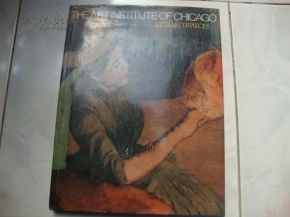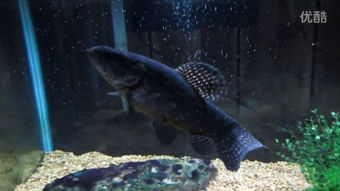Content:
Fishing in rivers can be an incredibly rewarding experience, offering anglers the chance to catch a variety of fish in a dynamic and ever-changing environment. Whether you're a seasoned fisherman or a beginner looking to hone your skills, understanding the basics of river fishing and employing the right techniques can significantly increase your chances of success. In this article, we'll delve into some essential river fishing tips, accompanied by a detailed illustrated guide to help you master the art of river fishing.
Understanding River Fishing
Before we dive into the techniques, it's important to understand the unique characteristics of river fishing. Rivers are constantly moving, which means the water flow, depth, and structure can vary greatly. This dynamic environment requires anglers to adapt their strategies accordingly.
Choosing the Right Gear
The first step in river fishing is selecting the appropriate gear. Here's a breakdown of the essential equipment you'll need:
- Rod and Reel: Choose a rod and reel that are suitable for the type of fish you're targeting. For rivers, a medium to heavy-duty rod with a good backbone is ideal.
- Line: Use a monofilament or fluorocarbon line that matches the water clarity and the fish you're after. The line should be strong enough to handle the currents and the fish's strength.
- Hooks: Select hooks that are appropriate for the size of the bait and the fish you're targeting. For river fishing, sizes 6 to 10 are commonly used.
- Bait or Lures: Depending on the fish species, you may use live bait, artificial lures, or a combination of both.
Techniques for River Fishing
- Spotting Fish: Look for areas where fish are likely to be, such as around rocks, logs, or in deeper holes. These areas provide cover and are often feeding spots.
- Reading the Water: Pay attention to the water flow. Fish tend to hold in slower currents or behind obstacles where they can conserve energy.
- Cast Techniques: When casting in a river, it's important to keep the line tight to avoid snags. Experiment with different casting techniques to find what works best in your specific situation.
- Drift and Dangle: Let your bait or lure drift naturally with the current. This mimicry can be very effective for attracting fish.
- Trolling: Trolling involves moving along the river with your boat, dragging your bait or lure behind you. This method can be effective for covering more water and targeting fish that are spread out.
Illustrated Guide to River Fishing Techniques
Casting Techniques
- Overhead Cast: This is the most common casting technique. Hold the rod with both hands, backcast to a 45-degree angle, and then sweep the rod forward to cast.
- Sidearm Cast: Use this technique when there's an obstacle on your casting side. Hold the rod with one hand and swing it to the side to cast.
Drift and Dangle
- Bait Fishing: Attach your bait to the hook and let it drift naturally with the current. Adjust the speed and depth of the drift by changing the weight on your line.
- Lure Fishing: Use a lure that mimics the movement of natural prey. Let the lure drift and then twitch it to trigger strikes.
Trolling

- Setup: Attach your lure or bait to a leader and then to your main line. Adjust the length of the leader based on the depth you want to fish.
- Speed: Trolling speed can vary depending on the fish species and water conditions. Start with a slow speed and adjust as needed.
Reading the Water
- Observe Currents: Look for areas where the current is slower or stronger. These spots can be prime fishing locations.
- Identify Structure: Rocks, logs, and other structures can provide cover for fish. Cast towards these areas to increase your chances of a catch.
Conclusion
River fishing can be a challenging but highly rewarding activity. By understanding the unique characteristics of river environments and employing the right techniques, you can improve your chances of success. Remember to always practice safe fishing habits and respect the natural environment. With patience and practice, you'll soon be a master of river fishing.












